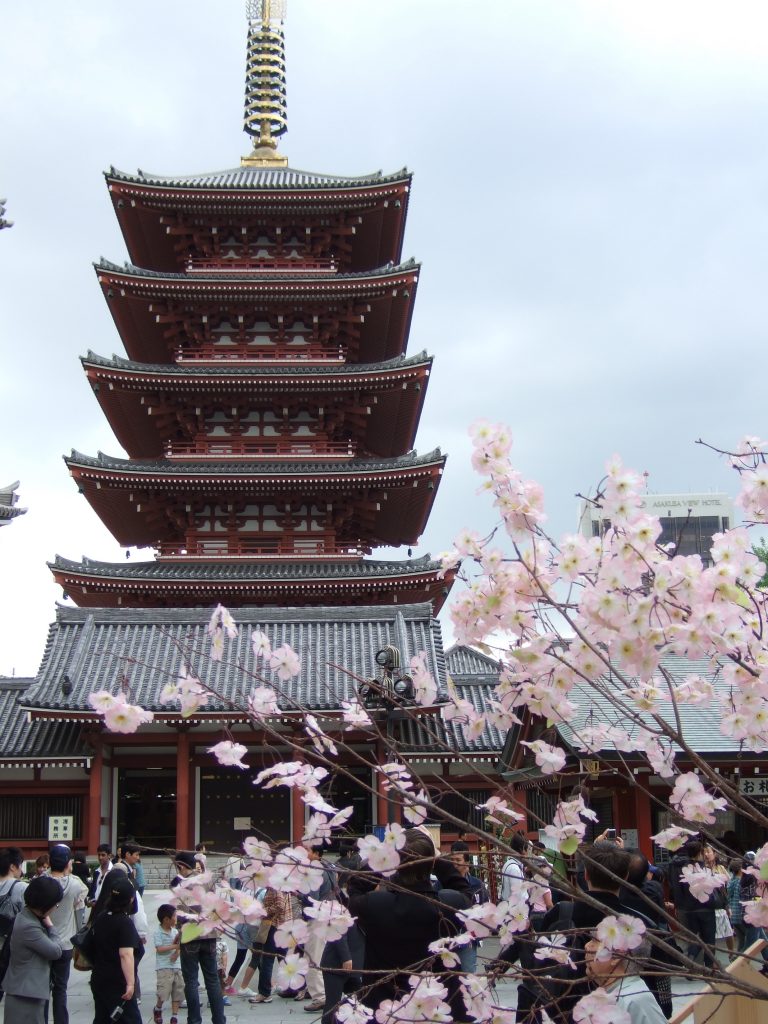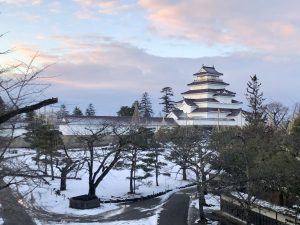Sensouji Temple
Sensouji Temple in Asakusa is one of the most impressive and famous Tokyo Temples. Are the crowds worth the effort? What else should a visitor focus on?

Sensouji Temple is in the heart of Tokyo’s Asakusa district, which is so famous “When Japan” doesn’t really need to write a guide about it. Asakusa has a bunch of great things to see and do so check out the general Asakusa article for ideas. The area itself is highly recommended, if you walk a bit away from the main area. If you are looking for interesting Tokyo Temples then this is certainly one of the more impressive; hence the crowds.
| The Good | The Not-So Good |
| Amazing Temple complex | Full of tourists |
| Location in bustling area of Tokyo |
Sensouji Temple is the main draw of Asakusa and most tourist infested area, especially around the famous Lightning Gate, where the rikshaws will congregate looking for tourists to guide about the area. Japanese couples also ride these from time to time and they aren’t a scam, so by all means try them out if you want (they are a tad expensive).
The street from the Lightning Gate to the main temple complex is called Nakamise Shopping Street and contains mostly tourist souvenirs and bite-sized local food. There is nowhere to sit and eat along this street and while no one is going to arrest you for it, walking and eating is a bit of a social taboo in Japan. Strolling down Nakamise Street you will see a lot of people standing next to a food stall, scoffing down a treat before moving on, like a desperate smoker on a sneaky break. In the past Nakamise Street used to be a genuine market, but as the tourists increased there is very little left that is authentically local, at least in Nakamise Street. Moving to the side avenues and into Shin-Nakamise Shopping Street is better for both shopping and eating.
Customs in a Japanese Temple
Outside the main temple you can chance your luck by drawing a Mikuji and see what the future has in store for you. For ¥100 it is worth doing at least once, for fun. Don’t take the fortune too seriously, and if it’s bad you can tie up the paper on prepared stands (look around and you’ll see them) and the bad luck will gather there rather than attach itself to you.
Another thing you will notice is a lot of Japanese wafting the smoke from the incense sticks burning in the cauldron (“When Japan can’t think if a better word) next to the main temple. This is meant to purify oneself before entering the main temple, and is the same reason the Japanese drink water before entering a shrine. No one has to do this but as a foreigner, you aren’t forbidden so by all means follow the custom.




